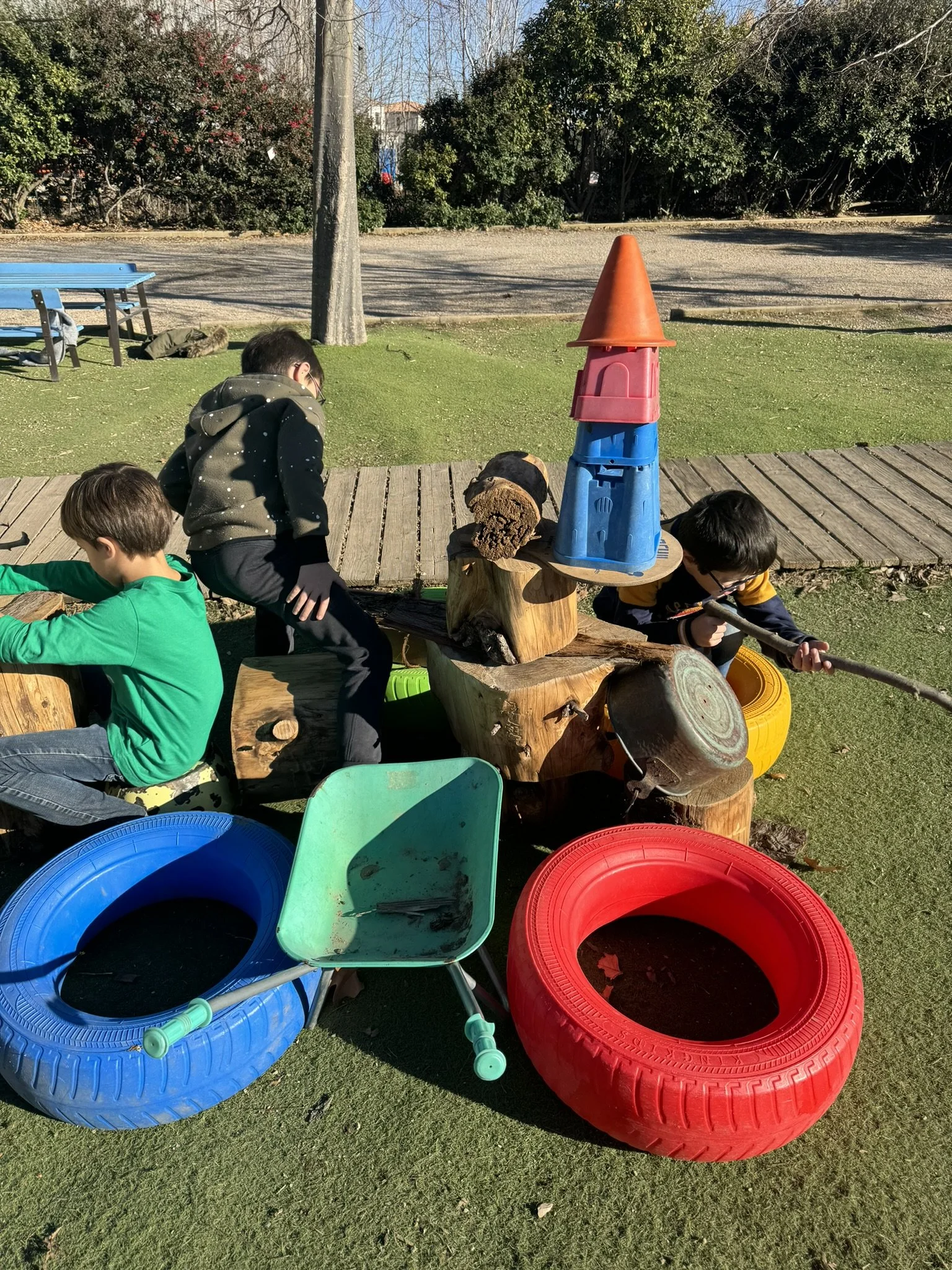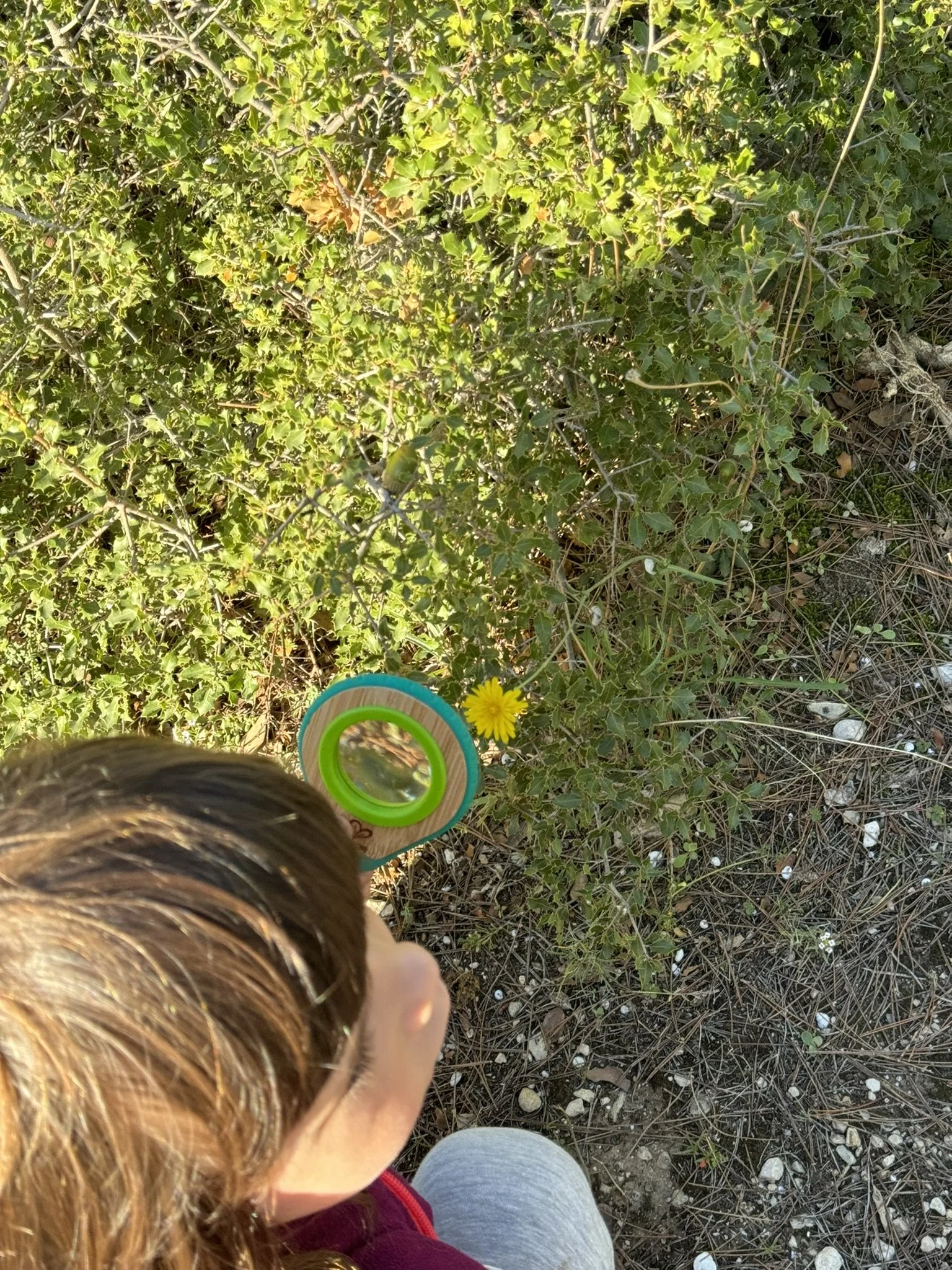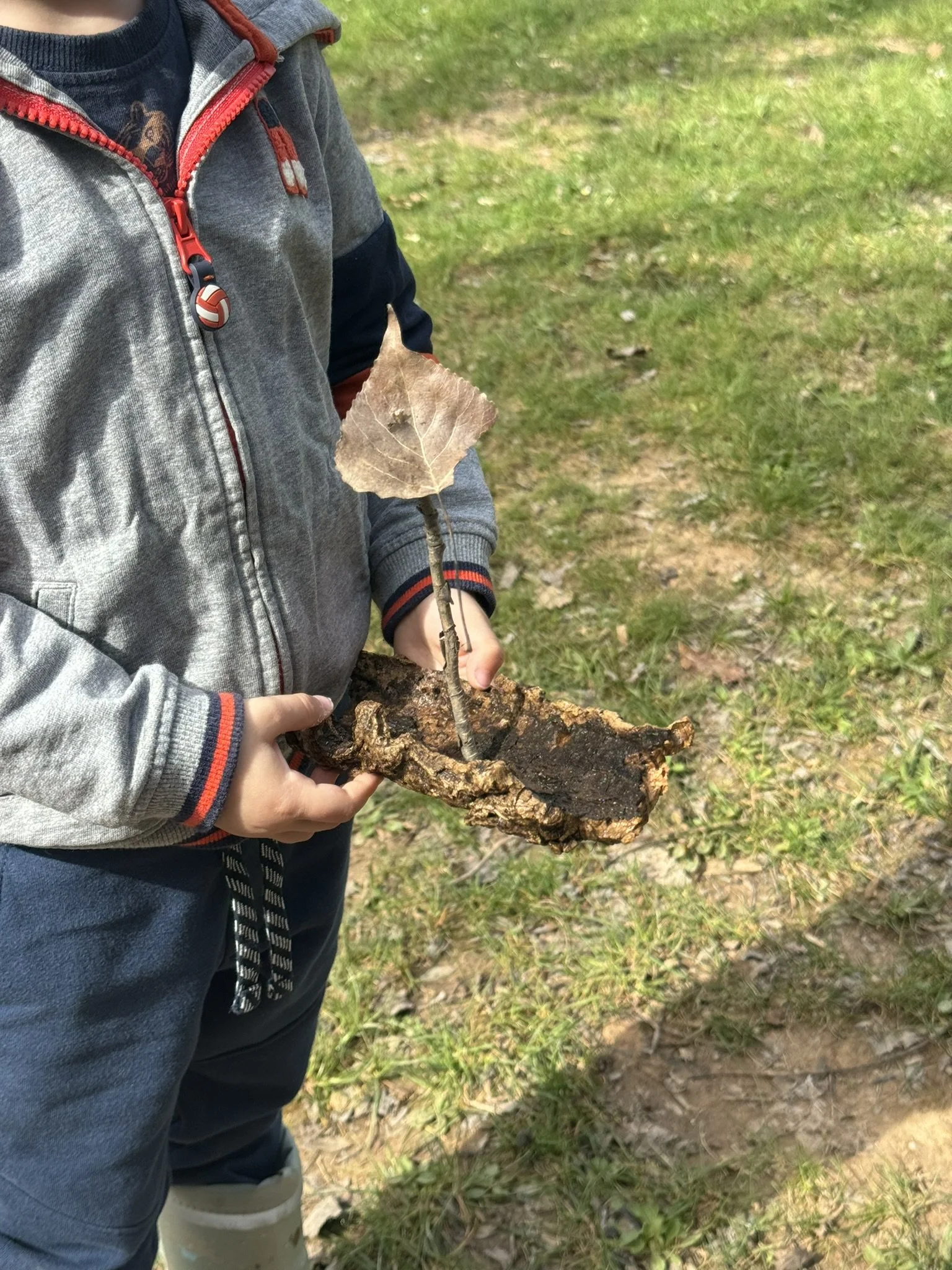Shifting Perspectives: Pedagogies for Future-Ready Children (2/4)
To bridge the gap between research and practice, we don’t need to completely overhaul how we parent and teach our children. Instead, we can begin by changing how we view children’s needs and how we approach both parenting and teaching, using research-backed insights. The key is to find inspiration in proven principles that align with our educational values and then adapt them to fit our unique contexts.
Before we dive into foundational principles in child development, let’s take a moment to reflect on how educational goals have changed over time. Ask your parents or grandparents, or reflect on the values of their generation, and you might find that the skills they hoped you would develop were often different from those prioritized today. In the past, the focus was often on traits like obedience, politeness, rote learning, memorization, and good grades. Today, however, there’s a growing emphasis on skills like emotional intelligence (EQ), adaptability, creativity, and critical thinking—qualities that are necessary for success in today’s world.
This shift highlights why our methods of teaching and parenting must evolve. As we gain a better understanding of what children need to succeed, we must adjust how we support them. This isn’t about claiming that the past or present is better—both offer valuable lessons. The key difference is that today, we have a deeper understanding of the importance of emotional and cognitive skills in a child's development, and we recognize the need to teach them in ways that prepare children for the future.
While modern educational approaches may seem distinct, they are built on shared principles: respecting a child’s natural growth and focusing on the skills they need to thrive in an ever-changing world. Understanding how these methods originated, their core principles, and the research behind them helps us make informed decisions that truly support children's growth.
Let’s now explore a few well-known educational methods that align with the skills and values we want to develop in our children, and take a closer look at the research behind them.
1. Play-based Learning
Friedrich Fröbel (1782–1852), who is known as the father of kindergarten, introduced the idea that children learn best through play. He believed that play is essential for both thinking and social skills, encouraging hands-on activities and creativity in young children. His approach was groundbreaking because it placed play at the center of learning.
While many modern kindergartens now focus on worksheets and preparing kids for academic tasks, Fröbel’s idea of learning through play continues to be essential. Research has shown that play is one of the best ways for children to learn, helping them build problem-solving skills, interact with others, and spark their creativity. Through play, kids can engage with the world around them, which is key for their development.
2. Montessori Education
The Montessori method, created by Dr. Maria Montessori in the early 1900s, is based on the idea that children learn best when they have the freedom to explore in a well-prepared environment. Montessori noticed that when children had access to hands-on materials and could work at their own pace, they developed focus, independence, and problem-solving skills.
Montessori’s approach built on the work of Édouard Séguin (1812–1880) and Jean Itard (1775–1838), who studied how children with special needs thrived in environments rich in sensory experiences. Today, research in neuroscience supports this, showing that children learn better when they actively engage with materials, rather than just listening to instructions. While it may not be possible for every classroom or home to fully adopt the Montessori model, both parents and teachers can still use key ideas—like promoting independence and encouraging self-directed learning—to help children grow.
3. Reggio Emilia
The Reggio Emilia approach, developed by Loris Malaguzzi in Italy after World War II, focuses on child-led learning, exploration, and social collaboration. It sees children as capable learners who do best in environments that encourage creativity, questioning, and self-expression.
In Reggio Emilia, the environment is considered a "third teacher," meaning that well-designed spaces can help children discover and learn. Inspired by thinkers like Jean Piaget (1896–1980) and Lev Vygotsky (1896–1934), this approach is supported by research showing that learning in collaborative, inquiry-based settings improves problem-solving and emotional intelligence. While setting up a full Reggio Emilia model can require a lot of resources, its core ideas—such as seeing children as competent learners and valuing their ideas—can be used in any classroom or home.
4. Positive Discipline
Positive Discipline was developed by Dr. Jane Nelsen in the 1980s. She built on the work of Alfred Adler (1870–1937) and Rudolf Dreikurs (1897–1972), who emphasized the importance of mutual respect, encouragement, and understanding in parenting and teaching. This approach focuses on teaching children self-discipline, responsibility, and problem-solving skills through respectful and non-punitive methods.
Research shows that harsh punishment may lead to short-term obedience, but it doesn’t help children change their behavior in the long run. In contrast, positive discipline teaches children to understand their actions and consequences, helping them become more self-disciplined. Simple strategies, like focusing on encouragement and problem-solving, can have a big impact on how we interact with children.
5. Progressive Education and Child-Centered Learning
Progressive education, inspired by thinkers like John Dewey (1859–1952), focuses on learning through exploration and real-world experiences. It encourages teaching methods that consider a child’s interests and needs, helping them develop skills like problem-solving, critical thinking, and working with others. This approach has led to many modern teaching practices that put the child at the center of their learning, reflecting Dewey's belief that children learn best when they are actively involved and can connect their education to their everyday lives.
While these ideas aren’t always widely used in traditional schools, they have inspired many innovative methods that prioritize the child’s voice and experience. Research shows that inquiry-based learning and education that aligns with children’s interests help improve engagement and lead to better long-term learning outcomes.
Small shifts, big change
So, whether you’re a parent or a teacher, do the methods you use still meet children’s needs and reflect today’s values? If not, change is possible—and it doesn’t have to happen all at once. Small, intentional changes—like using more hands-on learning, encouraging independence, or practicing respectful discipline—can make a big difference over time.
The goal isn’t to completely change everything but to embrace research-supported ideas that help your child grow. Even if you don’t fully follow one method, taking inspiration from key concepts—like play-based learning, independence, or emotional intelligence—can help create a more supportive and meaningful learning environment.
Despite their long history and strong scientific support, these methods still face some skepticism. But why do so many of us resist change, even when research suggests a better way? In the next part of this series, we’ll explore where this resistance comes from, how culture shapes our educational beliefs, and how we can close the gap between research and practice.
As you think about these ideas, which one stands out to you the most? Start small—try one change today, and see how it can help your child learn and grow.




